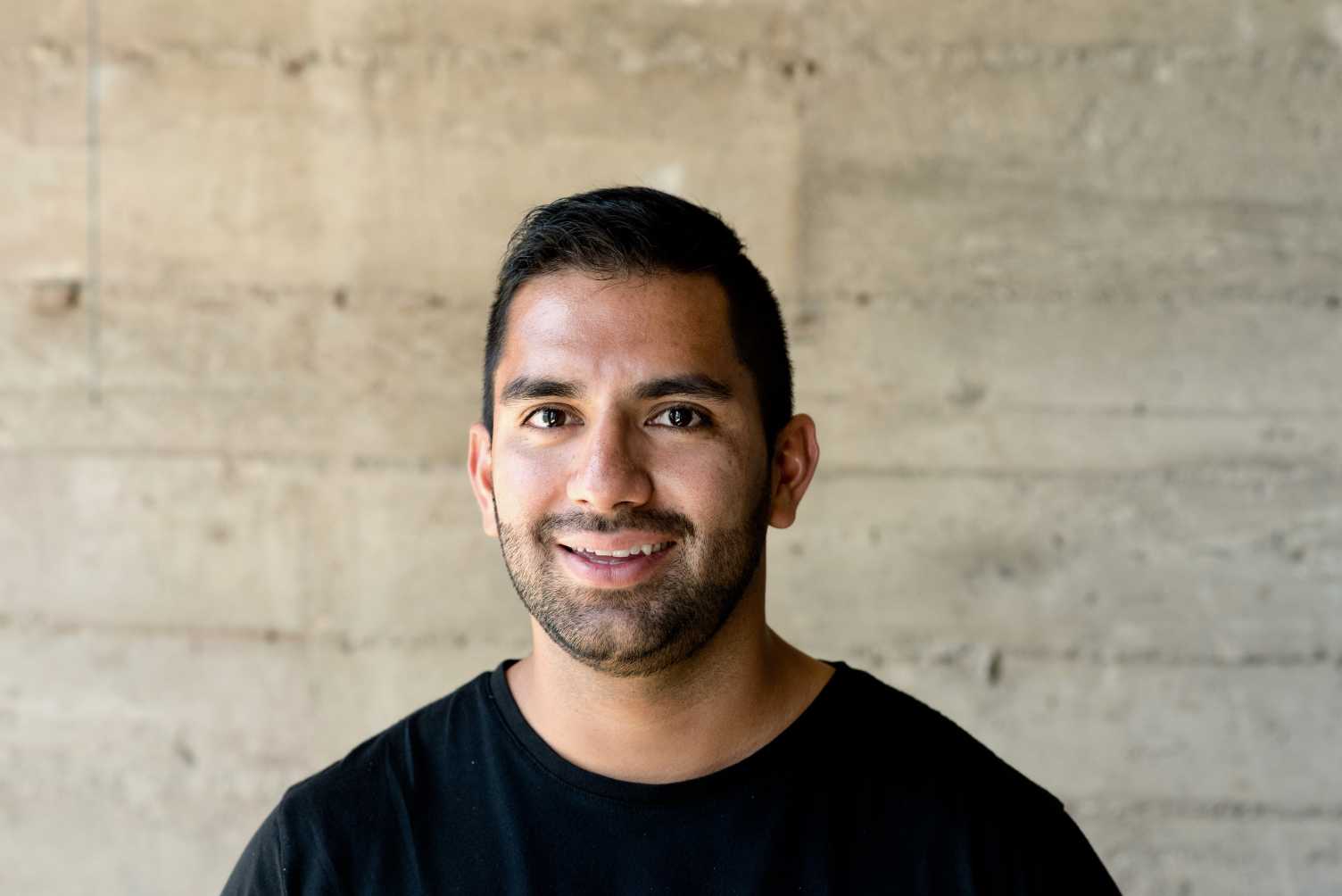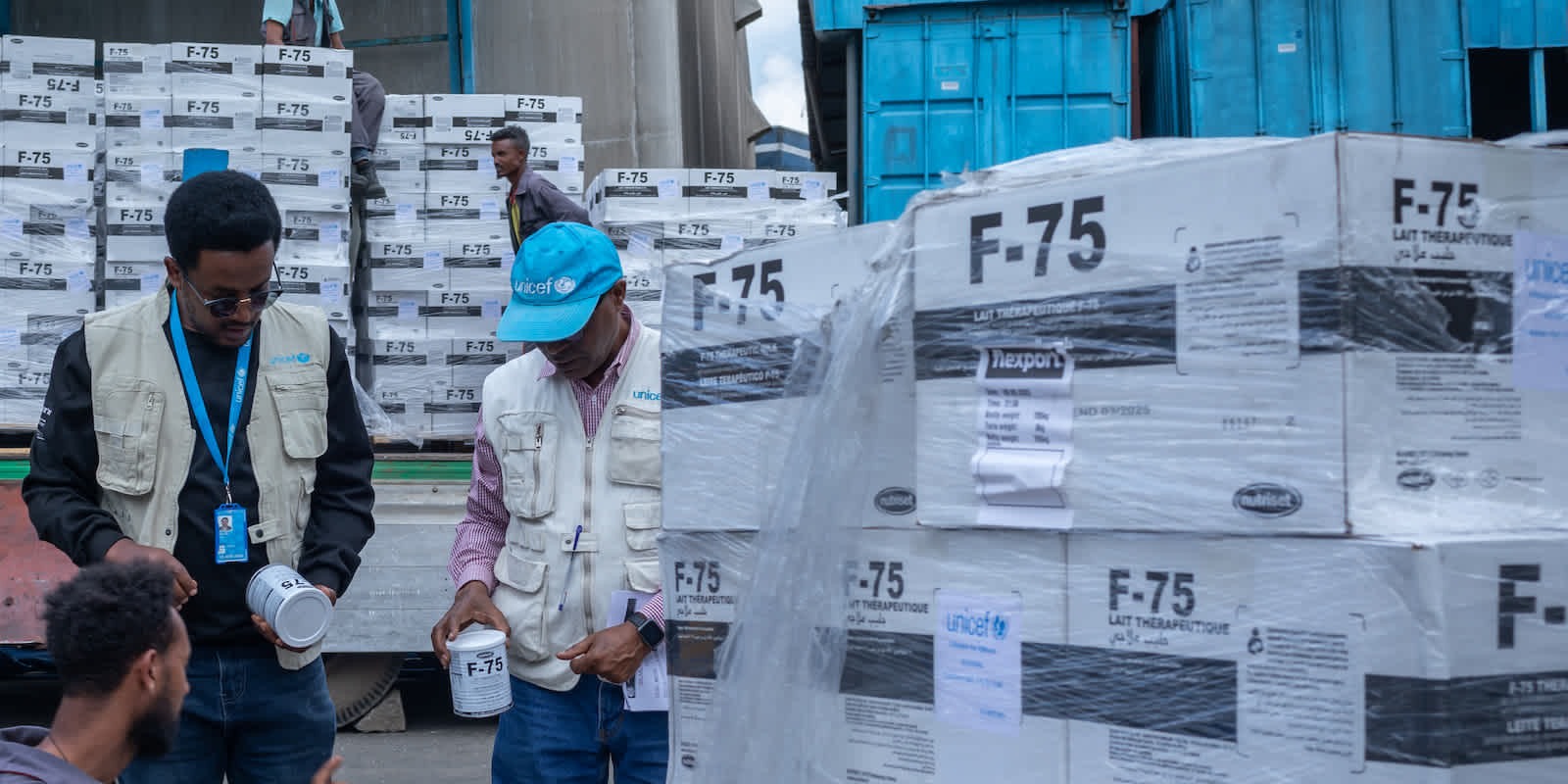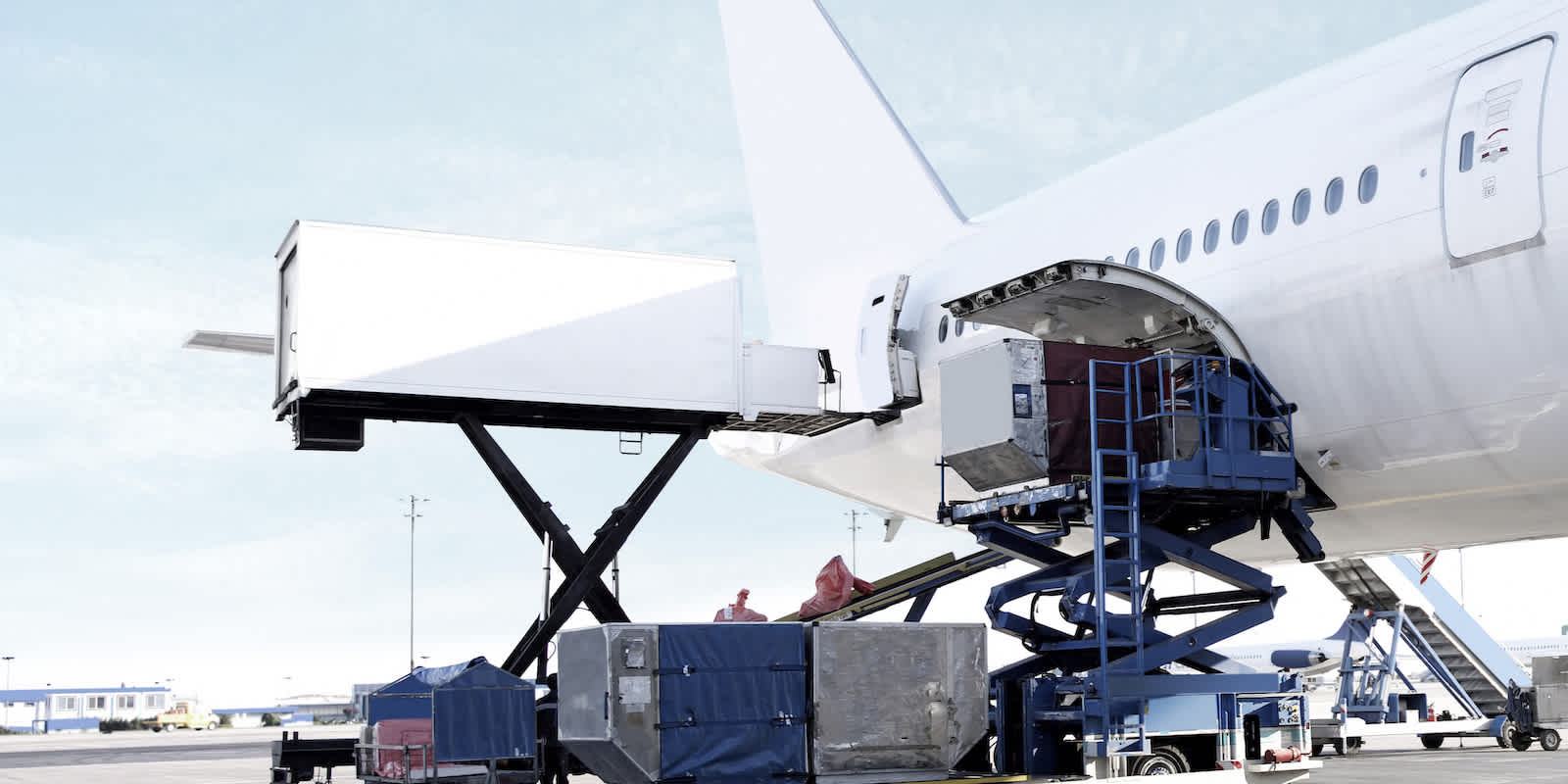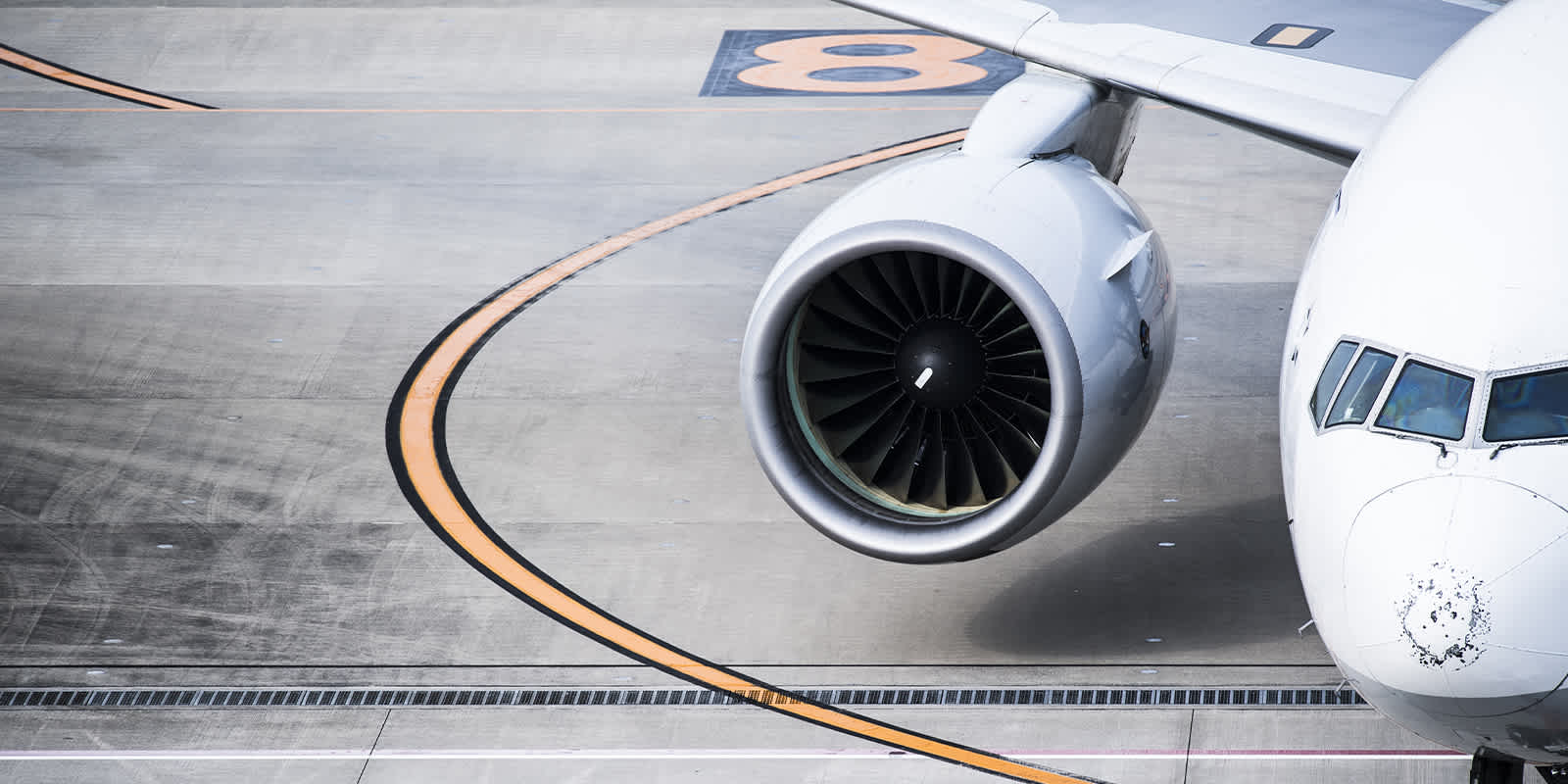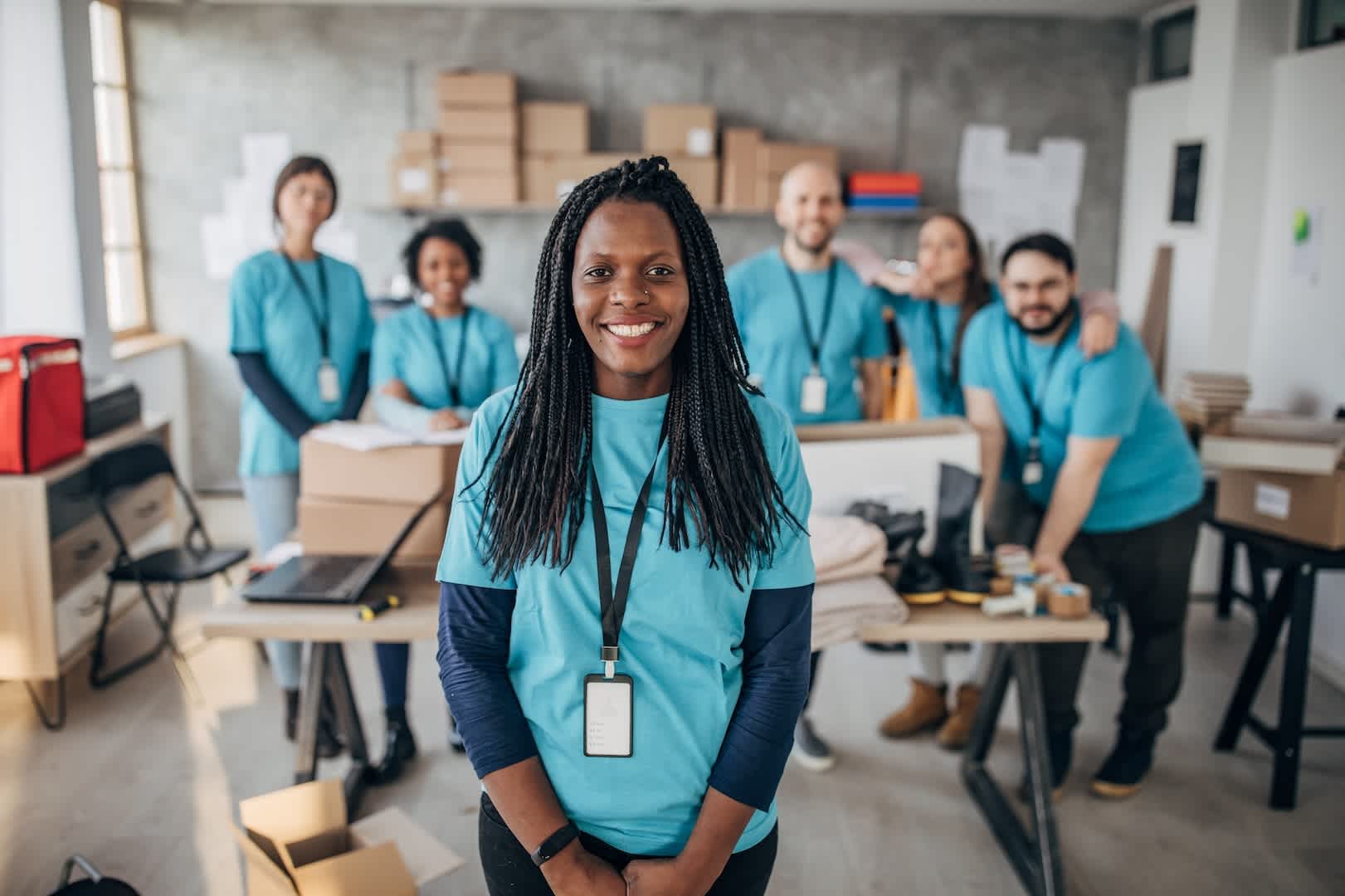
November 28, 2023
Strengthening Partnerships: Flexport.org Visits the UNHCR Refugee Programs in Ethiopia
Strengthening Partnerships: Flexport.org Visits the UNHCR Refugee Programs in Ethiopia
This article was written by Dave Hartman, Senior Program Manager, Global Aid, Flexport.org.
Ethiopia houses the second-largest refugee population in Africa. Given the country's track record of providing support to refugees, citizens from neighboring countries like Eritrea, Somalia, South Sudan, and Sudan, and even those as far as the Democratic Republic of Congo and Yemen, come to Ethiopia to seek protection from humanitarian crises. To date, roughly 1 million refugees are living across Ethiopia, all of whom receive assistance from global organizations like the United Nations High Commissioner for Refugees (UNHCR).
USA for UNHCR is a fundraising and advocacy organization set up in the U.S. to assist with UNHCR’s global mission. Flexport.org and USA for UNHCR have been working together since September 2022. Our partnership first began as a collaboration with UNHCR to move 120,000 winter boots donated by Bearpaw to Ukraine to assist with winterization efforts. More recently, we’ve been working together to get essential products to refugees in Hungary, Rwanda, Ethiopia, and more.
Earlier this year, I visited the UNHCR refugee programs in Ethiopia to learn how they’re receiving, warehousing, and distributing goods and to identify ways to strengthen our partnership.

Flexport.org and USA for UNHCR
The USA for UNHCR team that Flexport.org works with focuses on sourcing donations of commodities in the U.S. that are needed by refugees globally. Flexport.org then assists USA for UNHCR by shipping those items to folks in need. To date, we’ve jointly shipped roughly 140,000kg of items to refugees in need in six countries (Ukraine, Hungary, Rwanda, Turkey, Poland, and the U.S.), in addition to the shipments in transit to Ethiopia.
UNHCR Ethiopia has an established process for importing cargo into the country given their long-term presence there. Given that they have had a huge portion of humanitarian aid moved into the country over the past 50 years, delivery to Ethiopia in general is relatively easy from an import customs point of view. However, there are still challenges when having cargo delivered, particularly to the most remote regions, which requires Flexport.org to coordinate closely with destination agents to ensure that the area is accessible when containers arrive.
Onsite in Ethiopia
Flexport.org is currently working with USA for UNHCR on a project of sixty containers to provide refugees with adequate clothing. Many refugees in Ethiopia come from hot and arid countries, meaning the highland climate in Ethiopia can be extremely cold for them.
While onsite, I specifically focused on how the containers were being offloaded and how the cargo was being distributed to see what improvements Flexport could recommend to smooth out the process. I spent a day visiting one of UNHCR’s warehouses in Addis Ababa, where they offload a large portion of cargo before distributing it to the programs across the country.
Offloading equipment using forklifts can be hard to come by in some of the remote regions of Ethiopia, but the Country Office requested that USA for UNHCR test palletizing a few containers so they can review what the time saving would be.

I also visited child protection and livelihoods programs funded by UNHCR and run by Jesuit Refugee Services (JRS) and learned that after rent assistance and food, clothing was the third most requested item by refugees living in the urban center. For refugees in more remote parts of the country, there is simply no clothing market, or hyperinflation has caused clothing to be too expensive to purchase. This was useful to learn from a Flexport.org perspective, as we carefully consider which product donations are essential to ship in times of need. While clothing donations can sometimes be considered a form of “dumping” in developing countries, in certain contexts, commodities that may be considered “bad aid” may actually have a big impact.
I visited the Community Center, run by JRS, which does a phenomenal job of building bonds among refugees from different countries, equipping them with skills and education such as Microsoft Office and English language classes and letting “kids be kids,” (i.e., playing soccer, playing musical instruments, or drawing). It’s a great reminder that physical aid like clothing or medicine is just one component of what people need.
During the trip, I had in-depth conversations with the USA for UNHCR team to get a deeper understanding of the issues that refugees face. Folks who have fled war-torn countries like South Sudan or Somalia need access to health care, safe housing, clean water, and much more. Flexport.org is eager to see what additional products they can source from donors to provide to the Ethiopia team, as many of Flexport’s commercial clients may have items that can be put to good use. The rapidly changing crisis means that the commodities that are needed are constantly shifting. This comes amid a decrease in budgets for global aid organizations, meaning they have to find creative ways to do more with less.
To close out the trip, the USA for UNHCR logistics team and I met with Flexport.org’s destination partner and import customs broker to discuss processes and overall logistics context to see what partners could gain from one another. The aid Flexport.org delivers is always time-sensitive, but moving too quickly can create import customs issues, cause poor routing choices, or result in running afoul of compliance regulations. Leveraging our partners' unique expertise makes the process efficient and effective.
Looking Ahead
If Ethiopia and the humanitarian system couldn’t meet the needs of refugees in the country, we would see both a huge loss of life and a mass exodus of folks to other countries in search of safety and stability. Flexport.org will work with USA for UNHCR along with other humanitarian partners on projects that deliver all manner of medical, nutrition, and dignity items (like clothing) to ensure as much need is met as possible. We’ll continue to use the Flexport.org Fund to support refugee programs.
Flexport.org is grateful for our strong partnership with USA for UNHCR, who makes the delivery of life-saving supplies easier and more efficient. We’re also thankful to our donors, without whom the work wouldn’t be possible.
Related content
![UNHCR header GettyImages 1600x800]()
Blog
How Flexport.org and USA for UNHCR Provide Life-Saving Assistance to Displaced People Around the World
